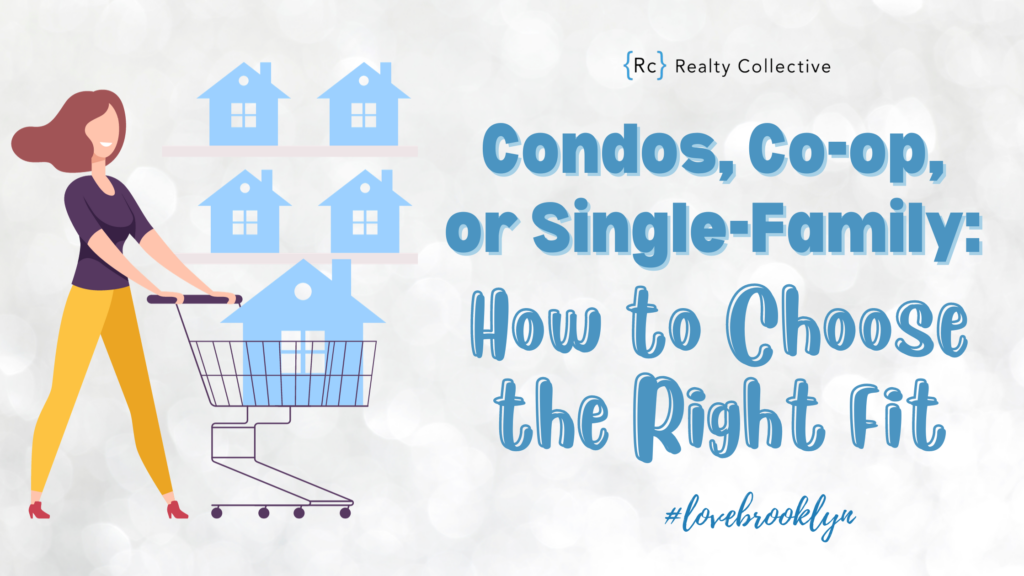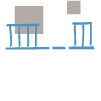Condos, Co-op, or Single-Family: How to Choose the Right Fit
Nov 01, 2023

Ready to start thinking about buying in New York? If you’re already at the research stage, you’ve probably already come across the three main types of properties: condos, co-ops, and single-family houses. Each comes with its own list of pros and cons but all can be solid options — depending on what your life, finances, and goals look like. Let’s take a closer look:
Cooperative (Co-op):
Cooperatives, or co-ops, make up the majority of the real estate inventory in NYC, accounting for about three-quarters of available properties. Co-ops are often more affordable per square foot compared to other housing types, but they typically require a substantial down payment, usually around 20% or more.
In a co-op, you become a shareholder in a corporation that owns the property and the size of your apartment determines the number of shares you own. Co-op owners pay a monthly maintenance fee — something important to keep in mind when looking at your options since these can range from a few hundred dollars to much more — which covers building upkeep, staff salaries, and taxes. The approval process for co-op loans and board review can be time-consuming, often taking several months. It’s important to have sufficient funds available after closing to cover fees and mortgage payments.
Condominium (Condo):
Condos are similar to houses in that you become the title owner of a specific property. They typically require a lower down payment, sometimes as little as 10%. However, if your down payment is less than 20%, you may face additional mortgage insurance cost (such as PMI, or private mortgage insurance). Monthly fees, known as common charges, are generally lower than co-ops, but real estate taxes are not included in these payments.
Condos offer more flexibility when it comes to subletting, although it’s essential to consider the potential impact on the building’s owner-occupancy ratio. Condo boards often have the right of first refusal, meaning they can purchase the unit at the same price as the buyer if they choose to exercise this option. Condos generally have higher closing costs and can be more expensive per square foot, requiring a larger down payment.
Single-Family House:
Single-family houses are the most expensive option among the three. They offer the advantage of complete ownership and no formal monthly maintenance fees. However, as the sole owner, you are responsible for all maintenance and repairs, including insurance coverage for the entire property.
Houses often come divided into multiple units, allowing you to rent out additional units to help cover the mortgage costs. However, being a first-time owner and landlord simultaneously can be challenging. Converting a multi-unit house into a single-family residence may require significant renovations and expenses.
When considering a single-family house, factors like school districts become crucial for resale value, especially if you’re targeting buyers with children.












